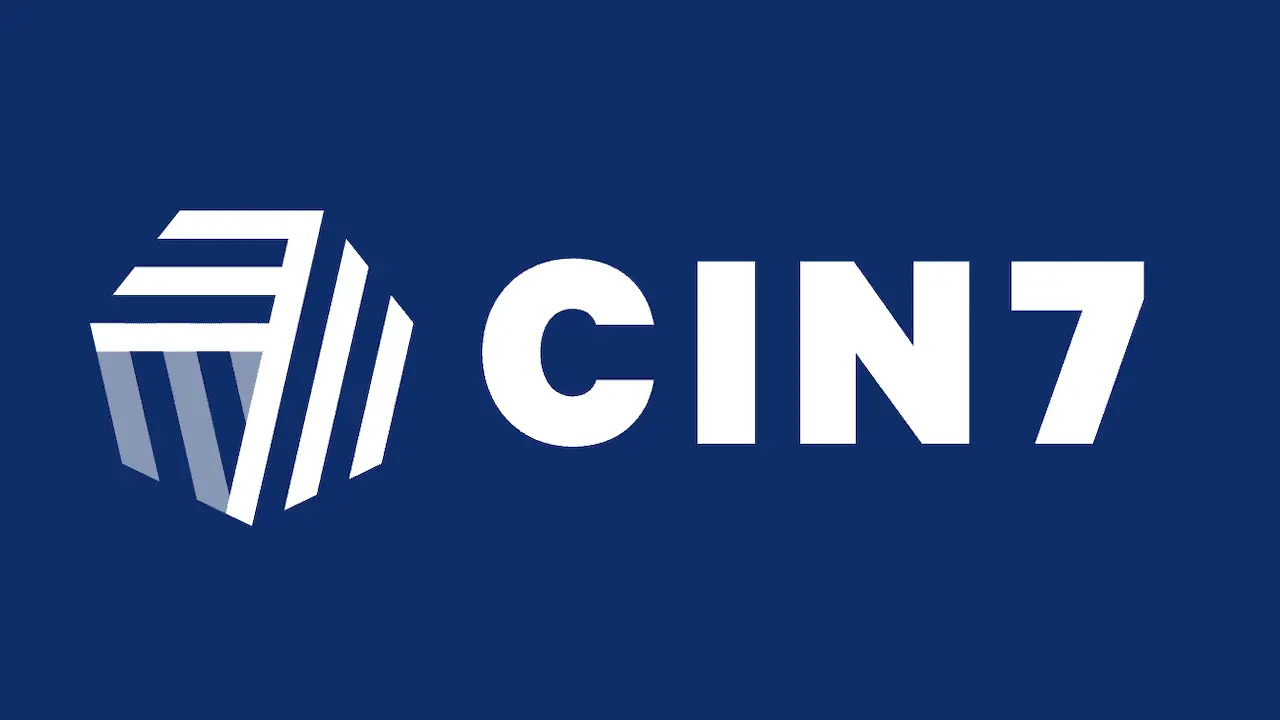Setting up a payroll system is a critical step for any new business. It’s not just about ensuring your team gets paid on time; it’s about compliance, accuracy, and establishing trust. Navigating the setup can seem daunting, especially amidst the myriad responsibilities of launching and managing a business. This guide breaks down the process into manageable steps, focusing on crucial aspects often overlooked in standard payroll setup guides.
Step 1: obtain an employer identification number (ein)
Overlooked aspect: while obtaining an ein from the irs is a well-known requirement, the nuances of state and local tax ids are less discussed. Depending on your business location, you may also need to register for state and local tax ids to withhold the correct amounts for state and local taxes, unemployment insurance, and disability insurance.
Step 2: understand your obligations under the fair labor standards act (flsa)
Overlooked aspect: beyond determining employee classifications (exempt vs. Non-exempt), it’s crucial to understand overtime regulations, minimum wage laws, and record-keeping requirements. The flsa mandates specific record-keeping practices, including tracking hours worked and wages paid, which directly impact your payroll system setup.
Step 3: choose your payroll schedule
Overlooked aspect: while deciding on a payroll schedule (e.G., weekly, bi-weekly), consider the impact on cash flow and employee satisfaction. Surveys indicate that bi-weekly payments are most common, but certain industries prefer weekly payments for hourly workers. Aligning your payroll schedule with industry standards can enhance employee satisfaction and aid in recruitment.
Step 4: select a payroll system
Overlooked aspect: when choosing between payroll software or a payroll service provider, evaluate not just the cost but also the scalability and integration capabilities. Can the system grow with your business? Does it integrate seamlessly with your existing hr and accounting software? Advanced integration can significantly reduce administrative overhead and minimize errors.
Step 5: collect employee information
Overlooked aspect: gathering employee information goes beyond just collecting tax forms and banking details. It involves setting up proper channels for ongoing information updates. For instance, employees should have a straightforward way to update their withholding allowances or banking information, ensuring payroll accuracy.
Step 6: document and implement your payroll process
Overlooked aspect: documentation of your payroll process is vital for consistency and compliance. This step is often glossed over in guides. A well-documented process ensures that payroll runs smoothly, even in your absence, and serves as a reference for resolving discrepancies. It should cover everything from time tracking and approval workflows to error handling procedures.
Step 7: maintain records and stay compliant
Overlooked aspect: payroll compliance isn’t just about following current laws; it’s about staying informed on changes to tax codes, labor laws, and reporting requirements. Implementing a process for regular compliance reviews can save your business from penalties and audits. Partnering with a payroll or legal professional for periodic audits of your payroll system can ensure ongoing compliance.
Step 8: regularly review and update your payroll system
Overlooked aspect: payroll needs evolve as your business grows. Regular reviews of your payroll system can identify inefficiencies and areas for improvement. Consider conducting an annual review of your payroll processes, technology, and vendor performance. This proactive approach ensures your payroll system remains efficient, compliant, and aligned with your business needs.
Conclusion
Setting up your first payroll system is a foundational step in building a successful business. By focusing on the overlooked aspects of each step, you can establish a payroll system that not only meets compliance requirements but also supports your business’s growth and nurtures employee satisfaction. Remember, payroll is more than a transaction; it’s a reflection of your commitment to your team and your business’s operational excellence.



